Han Cheng
Towards Robustness Analysis of E-Commerce Ranking System
Mar 07, 2024

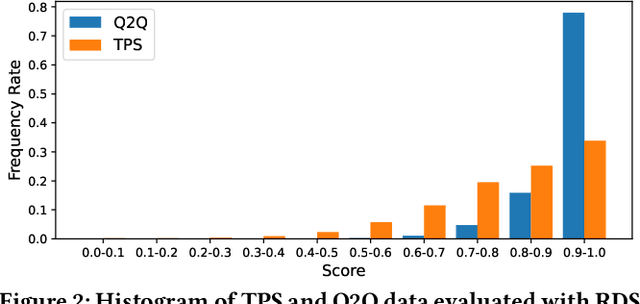

Abstract:Information retrieval (IR) is a pivotal component in various applications. Recent advances in machine learning (ML) have enabled the integration of ML algorithms into IR, particularly in ranking systems. While there is a plethora of research on the robustness of ML-based ranking systems, these studies largely neglect commercial e-commerce systems and fail to establish a connection between real-world and manipulated query relevance. In this paper, we present the first systematic measurement study on the robustness of e-commerce ranking systems. We define robustness as the consistency of ranking outcomes for semantically identical queries. To quantitatively analyze robustness, we propose a novel metric that considers both ranking position and item-specific information that are absent in existing metrics. Our large-scale measurement study with real-world data from e-commerce retailers reveals an open opportunity to measure and improve robustness since semantically identical queries often yield inconsistent ranking results. Based on our observations, we propose several solution directions to enhance robustness, such as the use of Large Language Models. Note that the issue of robustness discussed herein does not constitute an error or oversight. Rather, in scenarios where there exists a vast array of choices, it is feasible to present a multitude of products in various permutations, all of which could be equally appealing. However, this extensive selection may lead to customer confusion. As e-commerce retailers use various techniques to improve the quality of search results, we hope that this research offers valuable guidance for measuring the robustness of the ranking systems.
Human Semantic Segmentation using Millimeter-Wave Radar Sparse Point Clouds
Apr 28, 2023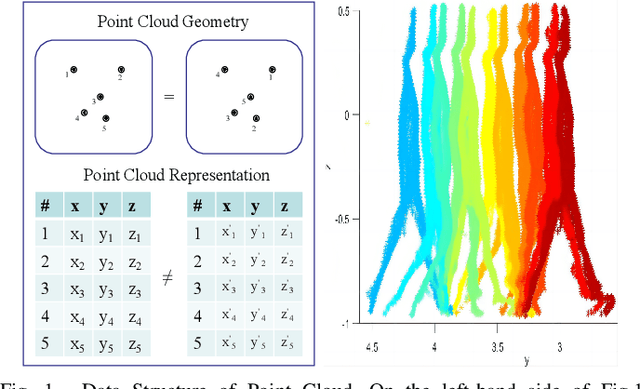
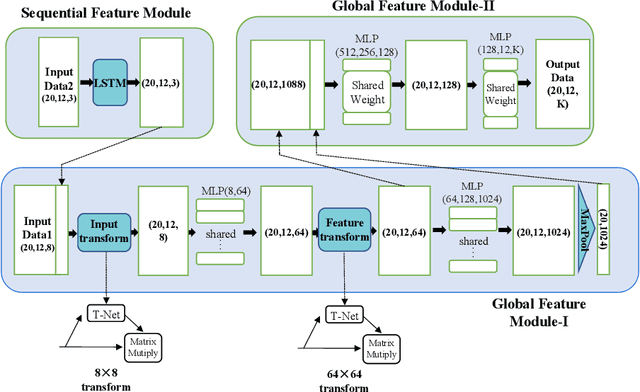
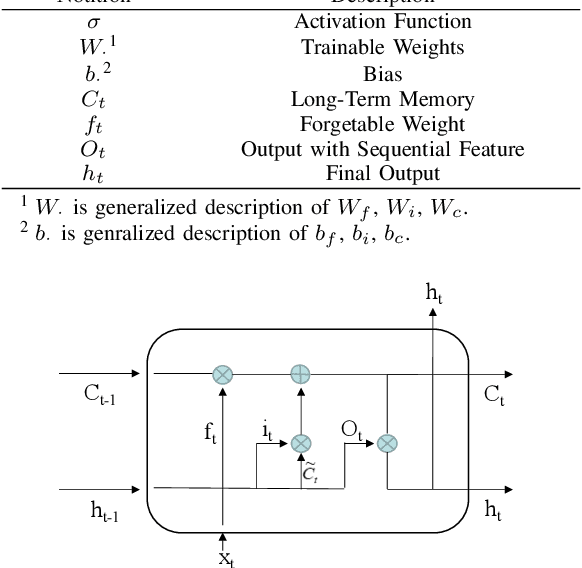
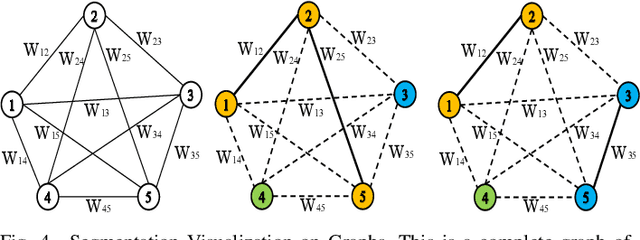
Abstract:This paper presents a framework for semantic segmentation on sparse sequential point clouds of millimeter-wave radar. Compared with cameras and lidars, millimeter-wave radars have the advantage of not revealing privacy, having a strong anti-interference ability, and having long detection distance. The sparsity and capturing temporal-topological features of mmWave data is still a problem. However, the issue of capturing the temporal-topological coupling features under the human semantic segmentation task prevents previous advanced segmentation methods (e.g PointNet, PointCNN, Point Transformer) from being well utilized in practical scenarios. To address the challenge caused by the sparsity and temporal-topological feature of the data, we (i) introduce graph structure and topological features to the point cloud, (ii) propose a semantic segmentation framework including a global feature-extracting module and a sequential feature-extracting module. In addition, we design an efficient and more fitting loss function for a better training process and segmentation results based on graph clustering. Experimentally, we deploy representative semantic segmentation algorithms (Transformer, GCNN, etc.) on a custom dataset. Experimental results indicate that our model achieves mean accuracy on the custom dataset by $\mathbf{82.31}\%$ and outperforms the state-of-the-art algorithms. Moreover, to validate the model's robustness, we deploy our model on the well-known S3DIS dataset. On the S3DIS dataset, our model achieves mean accuracy by $\mathbf{92.6}\%$, outperforming baseline algorithms.
 Add to Chrome
Add to Chrome Add to Firefox
Add to Firefox Add to Edge
Add to Edge